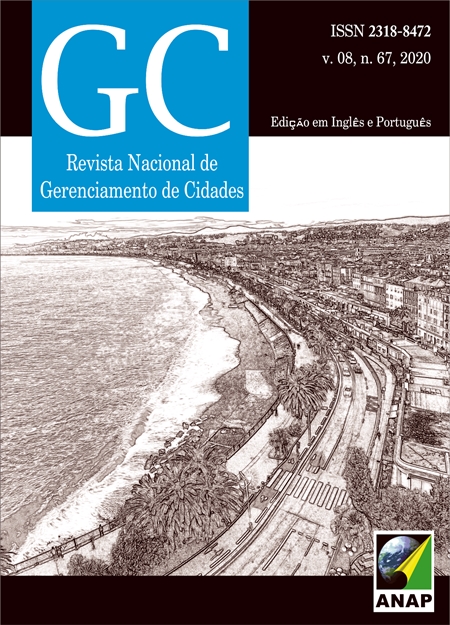Cyclomobility and the Right to the City: the surroundings of the Ruth Cardoso Youth Cultural Center
DOI:
https://doi.org/10.17271/2318847286720202717Palavras-chave:
Cyclomobility. Right to the city. Ruth Cardoso Cultural Center.Resumo
The diffusion of collective and non-motorized modes of transportation is currently seen in urban planning as a fundamental element to address climate change in the construction of smart and sustainable cities. This article seeks to analyze cyclomobility around the Ruth Cardoso Youth Cultural Center in the northern region of the city of São Paulo. Considering the proposition that guides this reflection, the authors adopted the methodology called “participant observation”. We collected data with the aid of photographs, official disclosures from the public administration, and notes during field visits. This work discusses mobility as a right to the city and confronts aspects of bicycle infrastructure in the study area and elements of a normative nature. The focus of the approach is on recognizing the mode of travel as part of everyday experiences. Based on the analysis, it was possible to verify aspects such as the lack of modal integration and part of the cycle route on a road shared with motor vehicles.Downloads
Os dados de download ainda não estão disponíveis.
Publicado
20-12-2020
Edição
Seção
Artigos Completos
Como Citar
PARREIRA, Júlio; MARINO, Cintia. Cyclomobility and the Right to the City: the surroundings of the Ruth Cardoso Youth Cultural Center. Revista Nacional de Gerenciamento de Cidades, [S. l.], v. 8, n. 67, 2020. DOI: 10.17271/2318847286720202717. Disponível em: https://publicacoes.amigosdanatureza.org.br/index.php/gerenciamento_de_cidades/article/view/2717. Acesso em: 23 dez. 2025.















